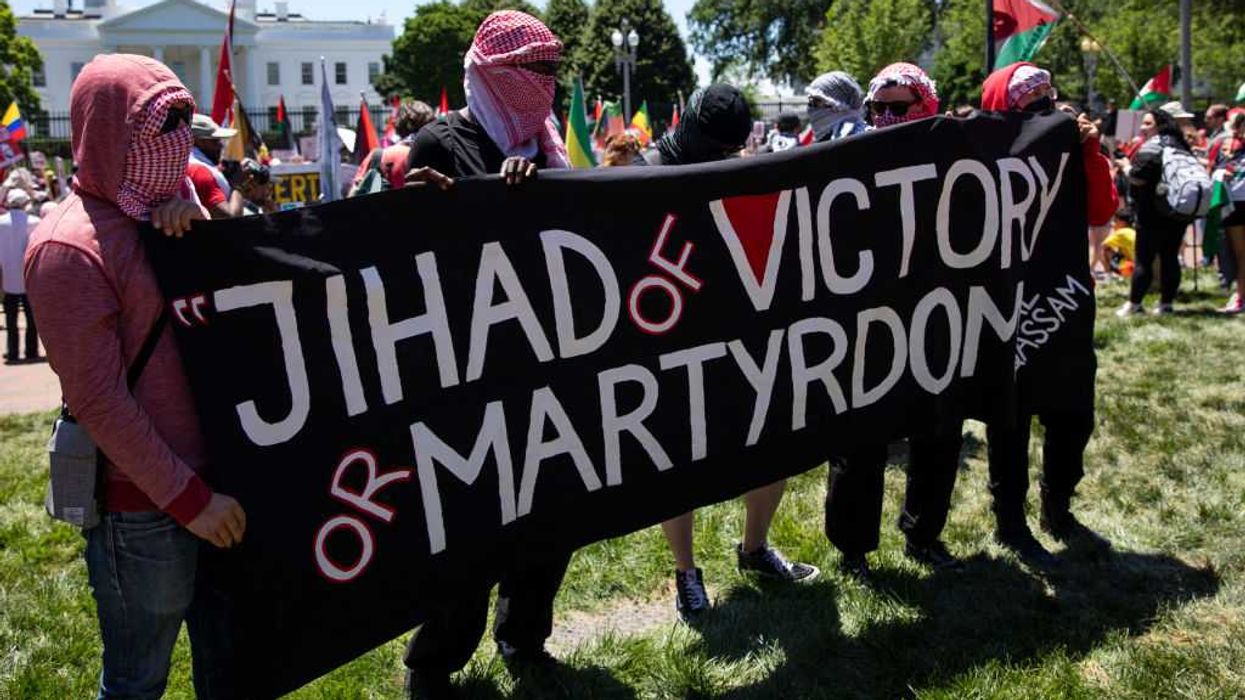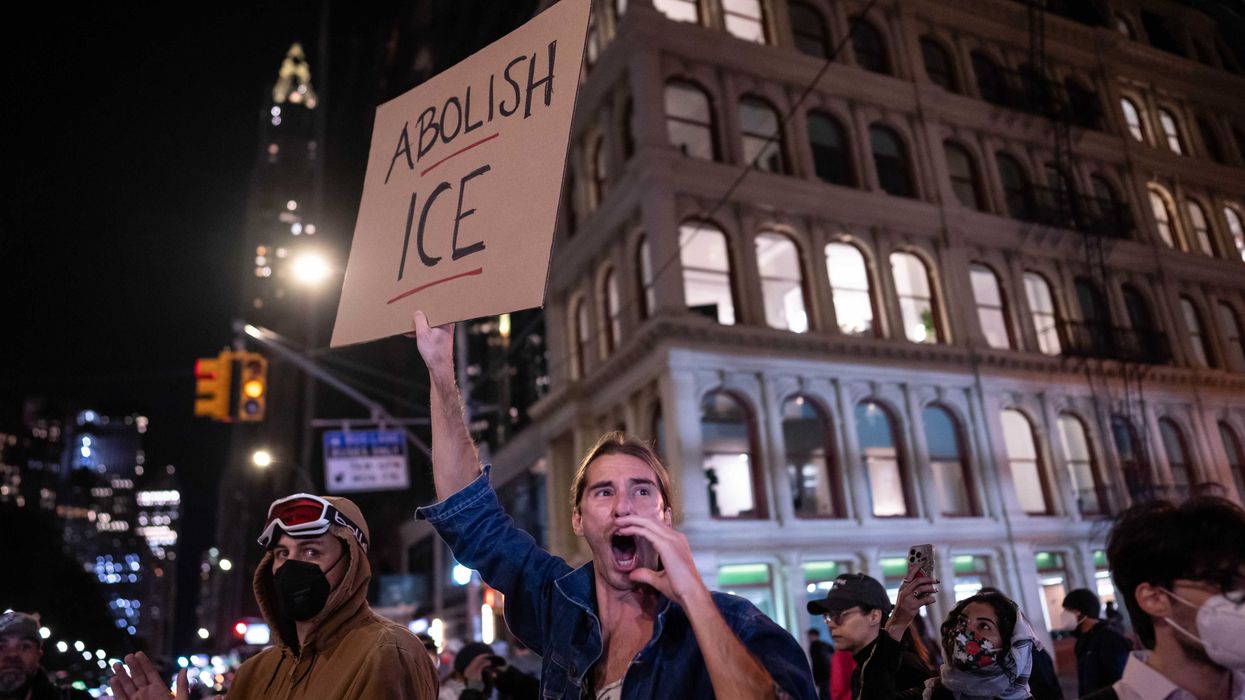WHAT IS THE NAZARENE FUND?
The Nazarene Fund is an initiative of Mercury One dedicated to the evacuation of particularly vulnerable Christians from countries like Iraq and Syria into new countries where they might rebuild their lives.
Between now and December 2015 our goal is to raise $10 million to save more than 400 families from regions taken over by ISIS. ISIS has used the Nazarene sign to symbolize death – we will use it to symbolize life.
WHAT WILL THE MONEY BE USED FOR?
Donations to The Nazarene Fund will be used to resettle Christian families who have been displaced by conflict in the Middle East, primarily at the hands of ISIS. Should it become impossible or impractical to resettle families, the contributions will be used to provide additional humanitarian support where they are forced to stay.
WHY DO YOU SAY “PRIMARILY AT THE HANDS OF ISIS?”
While ISIS is the most influential – and perhaps most dangerous – group terrorizing Christians in the Middle East, it is not the only one. Other terrorist groups like Al-Qaeda, Al-Nusra, and less organized terrorist sympathizers have also caused enormous persecution against the ancient Christian communities in the Middle East. In fact the pro-longed genocide against Christians in Iraq dates back at least till 2004, and began at the hands of the ISIS’ predecessor, Al-Qaeda in Iraq.
YOU CALLED THIS “GENOCIDE” – DOES THE INTERNATIONAL COMMUNITY RECOGNIZE IT AS SUCH?
While the United States and the United Nations have refused to formally designate the ISIS threat against Christians as a “genocide,” a growing number of human rights activists and organizations are finding ISIS to be guilty of crimes against humanity, war crimes and genocide.
The legal definition of “genocide” according to Article II of the United Nations’ 1948 Convention on the Prevention and Punishment of the Crime of Genocide legally defines the term as any of the following acts committed with the intent to destroy, in whole or in part, a national, ethical, racial or religious group, as such: (1) killing members of the group (2) Causing serious bodily or mental harm to members of the group (3) Deliberately inflicting on the group conditions of life calculated to bring about its physical destruction in whole or in part (4) Imposing measures intended to prevent births within the group (5) Forcibly transferring children of the group to another group.
THIS OBVIOUSLY SEEMS LIKE A GENOCIDE; SO WHY HAS THE U.S. AND UNITED NATIONS NOT RECOGNIZED IT AS SUCH?
If genocide were formally declared, then it would trigger certain international mechanisms that are meant to protect the group under threat. Some human rights activists believe the United States fails to declare the ISIS threat against Christians as “genocide” because it would force the United States government to be more involved in providing direct assistance to them. Presently, the United States government’s response has been dismal, and especially so with regard to the ancient Christian communities of the Middle East.
Here, you can read additional information on what would automatically happen if the United Nations were to declare this a genocide, as well as specific evidence of genocidal acts by ISIS against Christians.
BUT, HOW IS IT FAIR THAT YOU ARE PRIMARILY FOCUSED ON CHRISTIANS?
It’s not a matter of fairness – we wish we could help everyone – but it is a matter of practicality, resources and urgency. The United States is a Christian majority country that can more quickly and more easily rally support for displaced Christians.
We also have a grave concern for all of those being effected by ISIS in the region, not excluding the majority Muslim population, which has been the victim of more terrorist related causalities than any other religion or culture. However, the Christian community faces a particular threat of extermination.
Lord George Weidenfeld is a British peer who has personally rescued 25 families from ISIS, resettling them in Poland, and he did so because he was himself rescued by Christians in 1938 as a young Jewish boy. Now he says, “he is repaying the favor.”
When Weidenfeld was asked by a reporter why he was only helping Christians, he responded, “I cannot save the world, but there is a very specific possibility on the Christian side.”
He went on to say,
I want to focus on something I can — with great difficulty and effort — achieve. I have tremendous sympathy for Muslim victims, but . . . there is an enormous amount of Muslim money in the Muslim world [for them to help their own], and the other thing is the logistical problem: Muslims could be shifted a few hundred kilometers away from the conflict but the Christians will have to find safe havens on the other end of the earth.
Columnist Charles Krauthammer, who is distant cousin of Weidenfeld, defended him in The Washington Post by saying, “this comes under the heading of no good deed goes unpunished. It’s a rather odd view that because he cannot do everything, he should be admonished for trying to do something.”
We agree.
If we had limitless resources, we would help everyone, but we don’t. So, we’ll start with those we can most easily help, the Christians.
WILL YOU BE “VETTING” THOSE WE HELP EVACUATE? HOW DOES THAT WORK? AREN’T YOU CONCERNED ABOUT BRINGING IN PEOPLE WITH ILL INTENTIONS?
Yes, those we help evacuated will undergo a thorough “vetting” process to ensure they aren’t actually closeted terrorists.
Generally speaking, the Christian community in the Middle East has represented the economic and social backbone of these societies. Highly educated and successful, they have been university professors, engineers, bankers and administrators. Many are multi-lingual and well traveled. They are non-violent, non-sectarian and have been trusted for many years, employed in some of the most important positions in secular and Islamic regimes. Whatever country takes them in will be blessed by their contributions to society.
Yet, the emphasis of our approach is “verification.” We have an internationally respected and experienced security contractor handling this process on our behalf with the mandate to do their work according to standards that are even more stringent than those employed by others in the international community, including the United Nations.
The vetting program begins with the families being recommended by the local Christian leaders. In most cases, these are people whom the Christian leaders have known for their entire lives. So, we are evacuating people from within an enclosed cultural system. We then meet with each of the recommended IDPs/Refugees personally to begin the process of ensuring they are who they say they are. During this time we record their stories, collect documentation of their identity and then we diligently and carefully verify and cross-check both their stories and their documents. Along the way, we confirm their desire to be relocated and also make sure they fully understand this will be a challenging process to assimilate into a new country and culture. We employ of a number of other “best practices” used by the intelligence community to analyze the behavior of the interviewees throughout the entire process. While we can’t fully disclose all that’s involved in vetting these people, we can tell you that international standards are employed.
During the vetting process, we also work with government officials from the “receiving” countries to ensure all appropriate immigration paperwork is completed and verified.
ONCE THE FAMILIES ARE VETTED, WHAT HAPPENS NEXT?
Families are legally transported from their home or host country to their new country where they are received by individual sponsors or a sponsoring organization (depending upon the country). They are helped to assimilate from finding accommodations to education for their children to finding employment to language acquisition, etc.
Through sponsoring organizations, the families are also provided with some financial assistance with the intent of easing their transition into life and work in their new home and country.
WHERE ARE THE RESCUED REFUGEES GOING TO END UP?
We hope to be able to bring many of them to the United States. However, the United States remains closed to Christian refugees. Meanwhile, a number of European and South American countries have agreed to provide a limited number of VISAS to those we help evacuate.
HOW DO WE PRESSURE THE U.S. TO BECOME A RECEIVING COUNTRY?
Presently, the United States is not a receiving country. If you would like to help us put pressure on the U.S. Government to take in Middle Eastern Christians, then please fill how the form entitled “Are you ready to house a family from the Middle East?” here.
What are some other ways? Write your Congressperson; Raise your voice as an advocate through social media; Get your pastor, rabbi or priest on board; Provide financial support.
AND THIS ALL COSTS APPROXIMATELY $25,000 PER FAMILY?
Yes, we have budgeted approximately $25,000 to evacuate a family of five. This also includes providing some financial assistance to that family for a year.
Normally, families have to be evacuated in a group via charter aircraft after they are already securely transferred from wherever it is they are presently finding accommodation. The families are vetted by international security professionals, and sometimes are required to stay in a temporary location for a number of days. Additionally, there are expenses involved in laying down the infrastructure in the receiving countries, and in general logistical and administrative support in the evacuating countries. The evacuation process is – by its nature – variable, and some evacuations cost more than others. Every situation is unique.
Our goal is to make each evacuation as inexpensive as possible so we can provide as much of the $25,000 as possible to the family as a gift to help them get on their feet.
Those gifts are provided in installments through the first year of their resettlement.
ISN'T THE WORLD ALREADY DEALING WITH THE REFUGEE PROBLEM?
The situation in Iraq and Syria has created the worst refugee crisis since World War II, and the entire world is struggling to deal with it. It’s an “all hands on deck” moment. It is anything but resolved, and unless we work to provide safe and legal ways for the most vulnerable to escape, we will continue to witness the death of those who have been trying to flee without any assistance or those who’ve been forced to stay.
HOW ARE WE EVEN MAKING A DENT IN THE REFUGEE CRISIS?
We cannot save the world, but we can save many lives. Every time you save a single life – to them – you are saving their entire world. We know we can’t solve the whole problem, but we sure can make the difference in the lives of many. Rather than being focused on the enormity of the problem we are focused on the individual lives we can save.
IS THIS RESCUE OPERATION LEGAL?
Absolutely, everything is being done with legal counsel and in cooperation with governments according to established international standards and regulations.
ARE WE BUYING OR BRIBING BAD GUYS? DOES ANY OF THE MONEY GO TO TERRORISTS?
No and no.
HOW CAN I GIVE?
Just visit now.mercuryone.org, and donate to The Nazarene Fund.

 AASHISH KIPHAYET / Contributor | Getty Images
AASHISH KIPHAYET / Contributor | Getty Images
 Harold M. Lambert / Contributor | Getty Images
Harold M. Lambert / Contributor | Getty Images Adam Gray / Stringer | Getty Images
Adam Gray / Stringer | Getty Images Anadolu / Contributor | Getty Images
Anadolu / Contributor | Getty Images